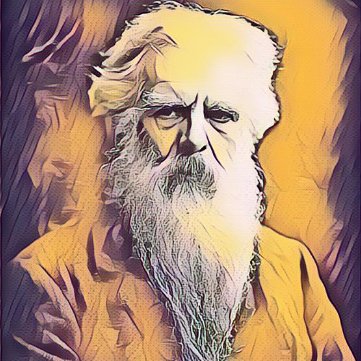Capturing Motion
Films and movies have a long and fascinating history that dates back to the late 1800s. In 1878, Eadweard Muybridge, an English photographer and inventor, captured a series of photographs that depicted a horse running, which became the basis for the first motion picture.



In 1895, the Lumière brothers, Auguste and Louis, invented the cinematograph, which was a portable device capable of recording and projecting motion pictures. They showcased their invention in Paris in the same year, marking the first public showing of motion pictures.
In the early 1900s, film technology rapidly advanced, and many people started experimenting with storytelling using moving images. In 1915, D.W. Griffith directed The Birth of a Nation, which is regarded as one of the most influential movies in film history, utilizing close-ups, parallel editing, and complex narrative structures.
In the 1920s, Hollywood became the center of the movie industry, with the emergence of major film studios such as Warner Bros, MGM, and Paramount Pictures. Hollywood produced some of the most iconic films in history, such as Charlie Chaplin’s City Lights, and King Kong.
In the 1950s and 1960s, films saw the emergence of new genres such as science fiction, horror, and westerns. Blockbuster films like Jaws, Star Wars, and The Godfather revolutionized the movie industry, becoming some of the highest-grossing films of all time.
Over the last few years, the film industry has seen significant changes, with the rise of independent production, digital technologies, and streaming platforms. Today, movies and films continue to push boundaries, and new talents rise to the occasion, to make great cinematic experiences.
